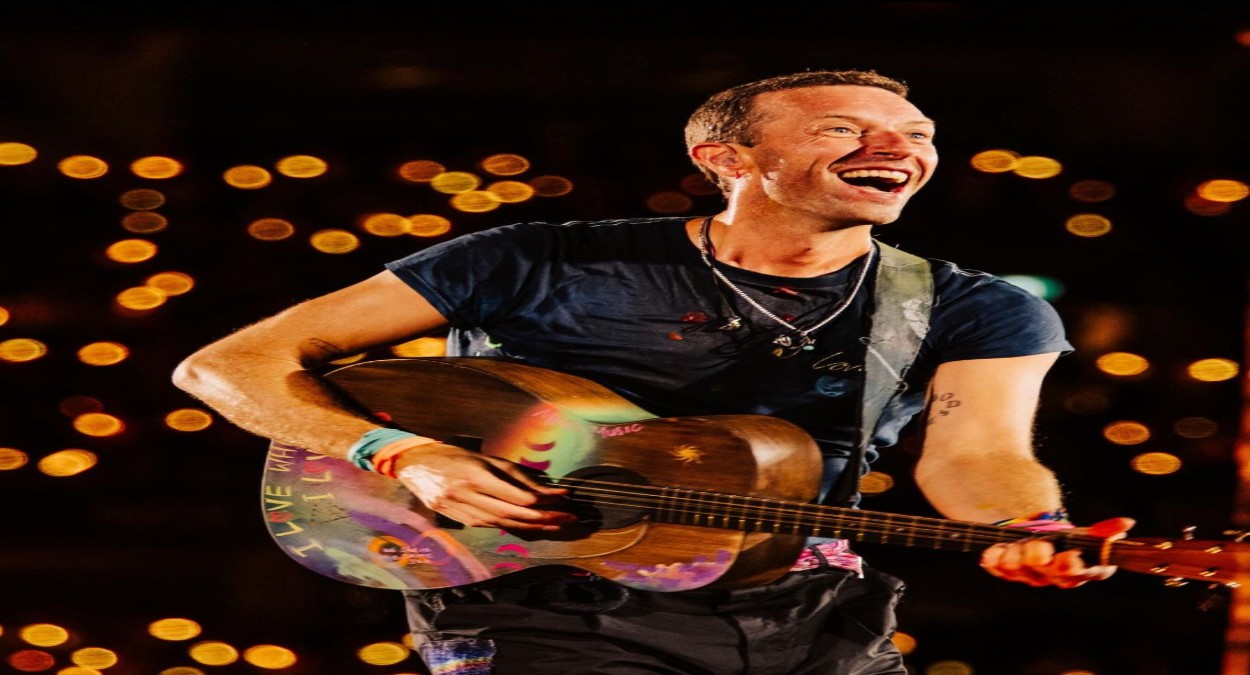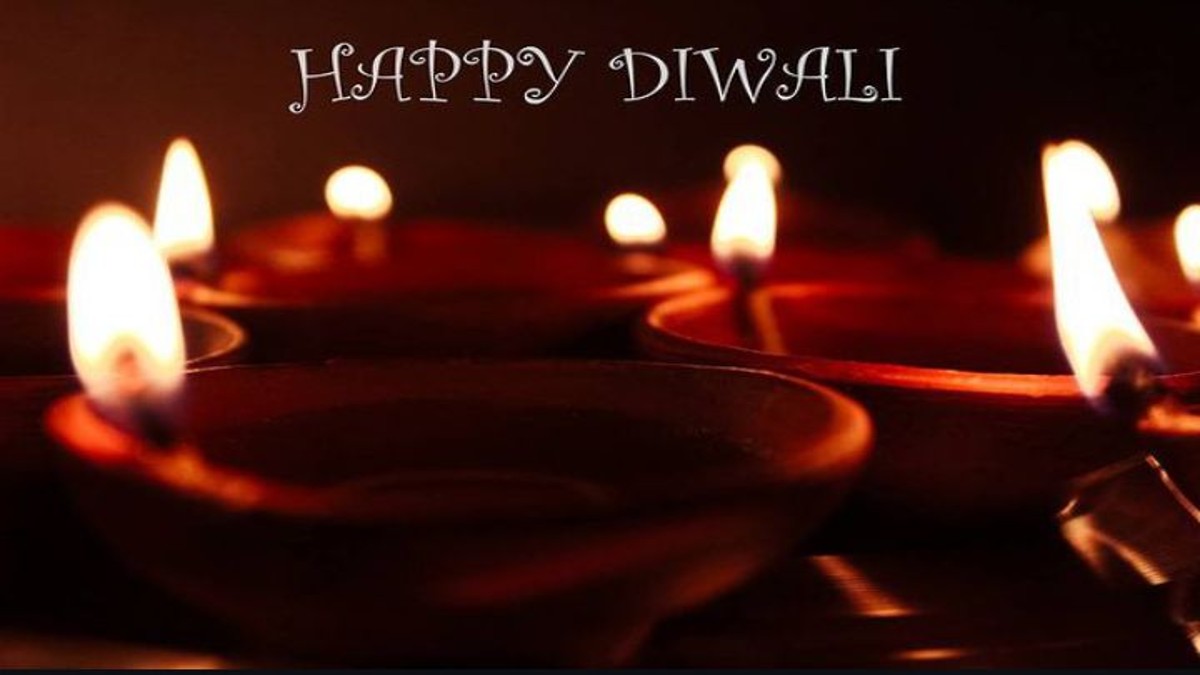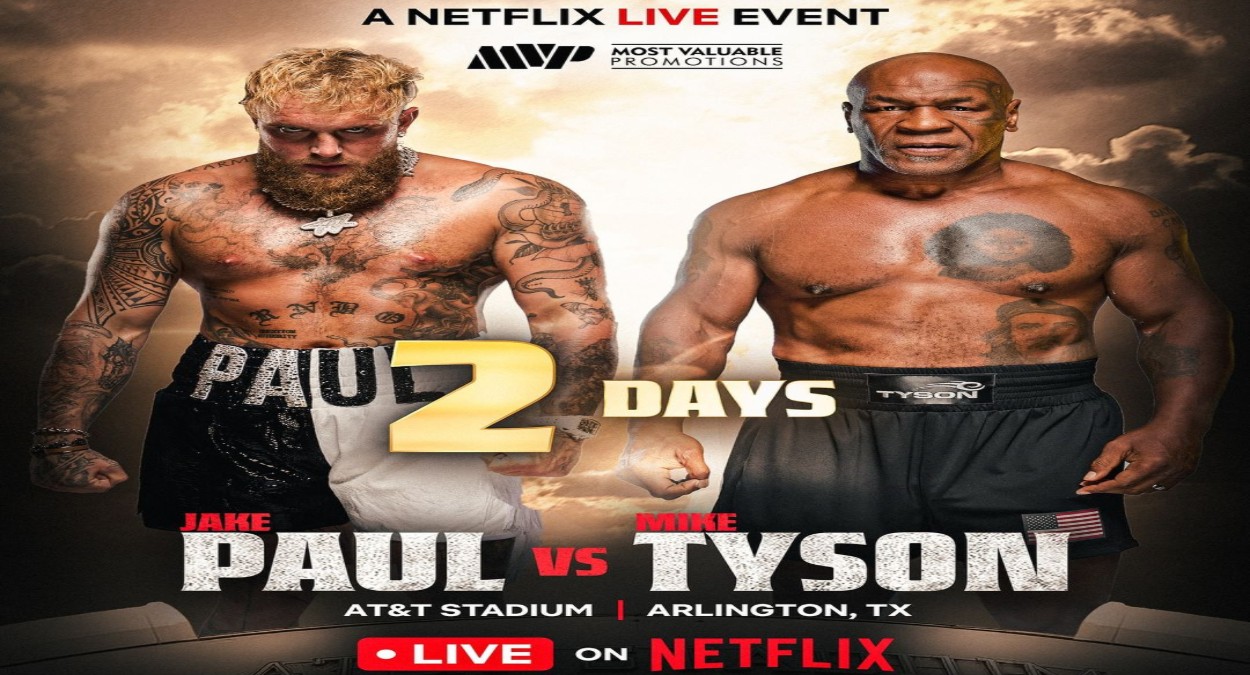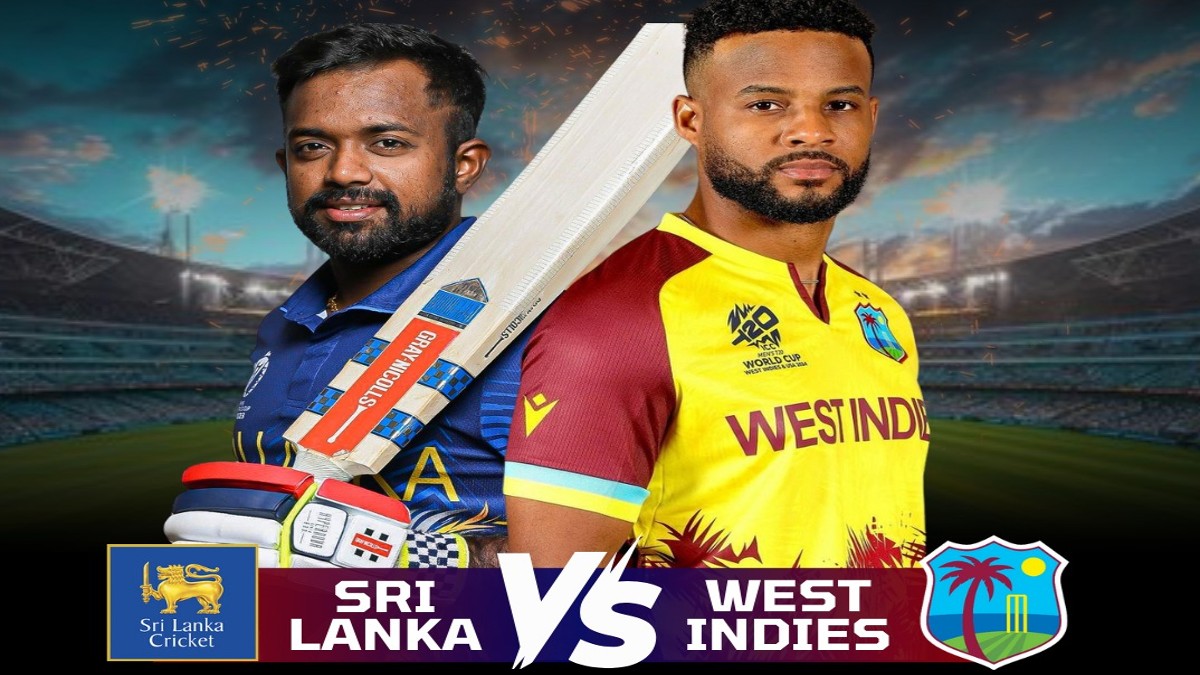
Navratri 2024
Navratri 2024, Navratri is one of the most vibrant and widely celebrated festivals in India, dedicated to the worship of Goddess Durga and her nine forms. The word “Navratri” is derived from the Sanskrit words “Nav” (meaning nine) and “Ratri” (meaning nights).
The festival spans nine nights and ten days, filled with dance, music, fasting, prayers, and cultural events, culminating in Vijayadashami or Dussehra, which marks the triumph of good over evil. Navratri 2024 is expected to be even more spectacular as devotees and communities come together to celebrate this auspicious festival with renewed energy and enthusiasm.
This article delves deep into the essence of Navratri, exploring its origins, cultural significance, rituals, traditions, and how it is celebrated across different parts of India.
1. Origins and Mythological Significance of Navratri 2024
Navratri’s roots lie in ancient Hindu scriptures and mythology, with various legends associated with its origin. The most popular belief revolves around the battle between Goddess Durga and the demon Mahishasura. According to mythology, Mahishasura, a powerful demon, had been granted a boon by Lord Brahma that made him invincible against any man or god. Drunk on his newfound power, Mahishasura wreaked havoc across the heavens and earth.
To restore peace and order, the gods united their powers to create Goddess Durga, the embodiment of Shakti (divine feminine energy). The battle between Goddess Durga and Mahishasura lasted for nine days and nights, culminating in the demon’s defeat on the tenth day, celebrated as Vijayadashami, symbolizing the victory of good over evil.
Another prominent legend links Navratri to Lord Rama’s worship of Goddess Durga before his battle with Ravana, as depicted in the Ramayana. Rama prayed for nine days to seek the goddess’s blessings, and on the tenth day, he successfully defeated the demon king Ravana, marking the celebration of Dussehra.
These stories emphasize the power of the divine feminine, resilience, and the ultimate victory of righteousness, making Navratri not just a festival but a symbolic journey of spiritual triumph.
2. The Nine Forms of Goddess Durga: Navratri 2024
Each of the nine days of Navratri is dedicated to one of the nine forms of Goddess Durga, collectively known as Navdurga. Each form represents a different aspect of the goddess, symbolizing various virtues and energies.
- Day 1 – Shailaputri: The daughter of the mountains, Shailaputri, is the embodiment of nature and the first form of Durga. She represents strength, purity, and the grounding energy of the earth.
- Day 2 – Brahmacharini: Brahmacharini symbolizes penance, devotion, and asceticism. She inspires devotees to live a disciplined life and pursue self-control and spiritual enlightenment.
- Day 3 – Chandraghanta: The warrior goddess with a half-moon on her forehead, Chandraghanta, is known for her courage and determination. She represents bravery and the power to vanquish evil.
- Day 4 – Kushmanda: The goddess who created the universe with her radiant smile, Kushmanda is the bringer of light, prosperity, and happiness. She symbolizes the energy that sustains life.
- Day 5 – Skandamata: The mother of Kartikeya (Skanda), Skandamata represents maternal love, protection, and nurturing. She is depicted riding a lion with her child in her lap.
- Day 6 – Katyayani: Born to the sage Katyayana, Katyayani is one of the most ferocious forms of Durga. She symbolizes courage, inner strength, and the power to overcome obstacles.
- Day 7 – Kalaratri: Known as the dark and fierce form of Durga, Kalaratri destroys ignorance and darkness. Despite her terrifying appearance, she bestows protection and fearlessness.
- Day 8 – Mahagauri: Representing purity, serenity, and calmness, Mahagauri is worshipped for her grace and forgiveness. She is believed to fulfill the desires of her devotees.
- Day 9 – Siddhidatri: Siddhidatri is the granter of supernatural powers and knowledge. She completes the Navdurga, representing perfection, achievement, and ultimate bliss.
3. Rituals and Traditions of Navratri 2024
Navratri is a festival marked by numerous rituals and customs, each with deep-rooted symbolism. These rituals vary across different regions but share a common purpose: to honor the goddess and seek her blessings.
Ghatasthapana (Kalash Sthapana) – The Commencement of Navratri
Navratri begins with Ghatasthapana, a significant ritual that involves the installation of a sacred pot (Kalash) filled with water, decorated with mango leaves, and topped with a coconut. This Kalash represents the goddess and is placed on a bed of soil with grains, symbolizing fertility, prosperity, and new beginnings. The Kalash is worshipped throughout the nine days, with devotees lighting a diya (lamp) that burns continuously, signifying the victory of light over darkness.
Fasting During Navratri
Fasting is a common practice during Navratri, observed by many devotees to purify their minds and bodies. Fasting rules vary; some observe strict fasts, consuming only fruits, milk, and water, while others follow a sattvic diet, avoiding grains, onions, garlic, and non-vegetarian food. The fast is seen as a means to attain spiritual discipline and connect deeply with the goddess. It is also believed that fasting detoxifies the body and mind, preparing devotees for spiritual awakening.
Daily Puja and Aarti
Each day of Navratri begins with early morning prayers, where devotees perform puja (worship) of the goddess’s form for the day. Devotional songs, bhajans, and mantras are recited, and aarti is performed, where a lamp is circled around the deity in reverence. Devotees offer flowers, fruits, sweets, and other sacred items to the goddess. Special emphasis is placed on cleanliness and purity during the puja, reflecting the festival’s spiritual significance.
Kanya Puja (Kanjak Puja)
On the eighth or ninth day of Navratri, Kanya Puja is performed to honor young girls as incarnations of the goddess. Nine girls, representing the nine forms of Durga, are invited to homes, their feet washed, and offered a special meal, along with gifts and new clothes. This ritual signifies the worship of the divine feminine and is a gesture of gratitude towards the goddess.
Garba and Dandiya Raas – The Dance of Devotion
Garba and Dandiya Raas are traditional folk dances performed during Navratri, especially in the states of Gujarat and Maharashtra. Garba involves circular movements around a clay lamp (Garbo), symbolizing the goddess, and is performed to the beat of traditional songs and rhythmic claps. Dandiya Raas, on the other hand, involves the use of sticks (dandiyas) and is a lively dance depicting the battle between Goddess Durga and Mahishasura.
These dances are not just forms of entertainment but also acts of devotion, with dancers expressing joy, gratitude, and reverence towards the goddess. Garba and Dandiya events are now popular worldwide, with communities coming together to celebrate the festival with vibrant costumes, music, and dance.
4. Regional Variations of Navratri Celebrations: Navratri 2024
Navratri is celebrated across India, but the rituals, customs, and fervor differ from region to region, reflecting the country’s rich cultural diversity.
Navratri in Gujarat
Gujarat is synonymous with Navratri, and the state hosts some of the most spectacular celebrations. The nine nights of Garba and Dandiya Raas are the highlight, with people dressed in traditional attire, dancing energetically to folk songs. The atmosphere is electric, with elaborately decorated venues, colorful lights, and devotional music. In Gujarat, Navratri is not just a festival; it is a cultural phenomenon that brings people of all ages together.
Navratri in West Bengal (Durga Puja)
In West Bengal, Navratri coincides with Durga Puja, the grand festival celebrating the goddess’s victory over Mahishasura. The festivities last for five days, with beautifully crafted idols of Durga installed in elaborately designed pandals (temporary structures). Devotees throng the pandals to offer prayers, participate in rituals, and enjoy cultural performances. The sound of dhak (traditional drums), the aroma of incense, and the sight of Durga idols immersed in the river are defining elements of Durga Puja, making it one of India’s most iconic festivals.
Navratri in Maharashtra
In Maharashtra, Navratri is marked by community gatherings, fasting, and devotion. Garba and Dandiya Raas events are popular, particularly in Mumbai and Pune, where people participate enthusiastically. Special pujas are held in temples and homes, with many devotees also observing the ritual of Lalita Panchami, where books, tools, and instruments are worshipped, emphasizing the goddess’s role as a bestower of knowledge and arts.
Navratri in Tamil Nadu and Karnataka (Golu Festival)
In Tamil Nadu and Karnataka, Navratri is celebrated as the Golu festival, where homes are adorned with steps displaying idols of gods, goddesses, and mythological characters. These displays, known as Golu, are decorated with flowers, lamps, and rangoli (colorful designs), creating a divine ambiance. Women and children visit each other’s homes, exchange gifts, and sing devotional songs. The Golu festival highlights the importance of community, creativity, and the joy of sharing.
5. The Significance of Colors in Navratri
Each day of Navratri is associated with a specific color, and devotees often dress in outfits that match the designated color of the day. These colors symbolize the goddess’s different qualities and energies, and wearing them is seen as a way of connecting with the divine.
- Day 1 – Yellow: Symbolizes joy and happiness, reflecting the vibrant spirit of Shailaputri.
- Day 2 – Green: Represents renewal and growth, resonating with the energy of Brahmacharini.
- Day 3 – Grey: Signifies strength and balance, embodying the warrior spirit of Chandraghanta.
- Day 4 – Orange: Symbolizes warmth, enthusiasm, and creativity, associated with Kushmanda.
- Day 5 – White: Represents purity, calmness, and serenity, reflecting the nurturing nature of Skandamata.
- Day 6 – Red: Denotes courage, power, and passion, resonating with Katyayani’s fierce form.
- Day 7 – Royal Blue: Symbolizes divine energy, protection, and strength, associated with Kalaratri.
- Day 8 – Pink: Represents love, beauty, and compassion, resonating with the grace of Mahagauri.
- Day 9 – Purple: Symbolizes wisdom, ambition, and spiritual enlightenment, embodying Siddhidatri.
6. The Modern Evolution of Navratri
While Navratri’s traditional elements remain intact, the festival has evolved to accommodate contemporary lifestyles. Today, Navratri celebrations are not just confined to homes and temples but have expanded to include grand community events, cultural performances, and modern adaptations of traditional practices. Garba and Dandiya have gained international popularity, with events held in countries with significant Indian diaspora, such as the United States, Canada, the UK, and Australia.
Social media and digital platforms have also played a role in spreading Navratri’s reach, with live-streamed pujas, virtual dance competitions, and online workshops teaching Garba and Dandiya steps. Fashion trends during Navratri have also evolved, with designers creating fusion outfits that blend traditional attire with contemporary styles, making the festival a vibrant showcase of Indian culture and fashion.
7. Navratri 2024: Dates and Preparation
Navratri 2024 will commence on October 2 and conclude on October 10, with Vijayadashami celebrated on October 11. As the festival approaches, preparations will begin in full swing, with households cleaning and decorating their homes, markets bustling with traditional attire, and communities organizing events. Temples will be beautifully adorned, and the atmosphere will be filled with the sounds of devotional songs and the aroma of incense and flowers.
Conclusion
Navratri is more than just a festival; it is a celebration of life, faith, and the triumph of good over evil. It is a time for introspection, devotion, and coming together as a community. Navratri 2024 promises to be a grand affair, filled with color, energy, and spiritual fervor, as people across the globe unite to honor the divine feminine and celebrate the enduring spirit of Goddess Durga. Whether through fasting, dance, music, or prayer, Navratri allows everyone to connect with their inner strength and embrace the festival’s timeless message of resilience and victory.





